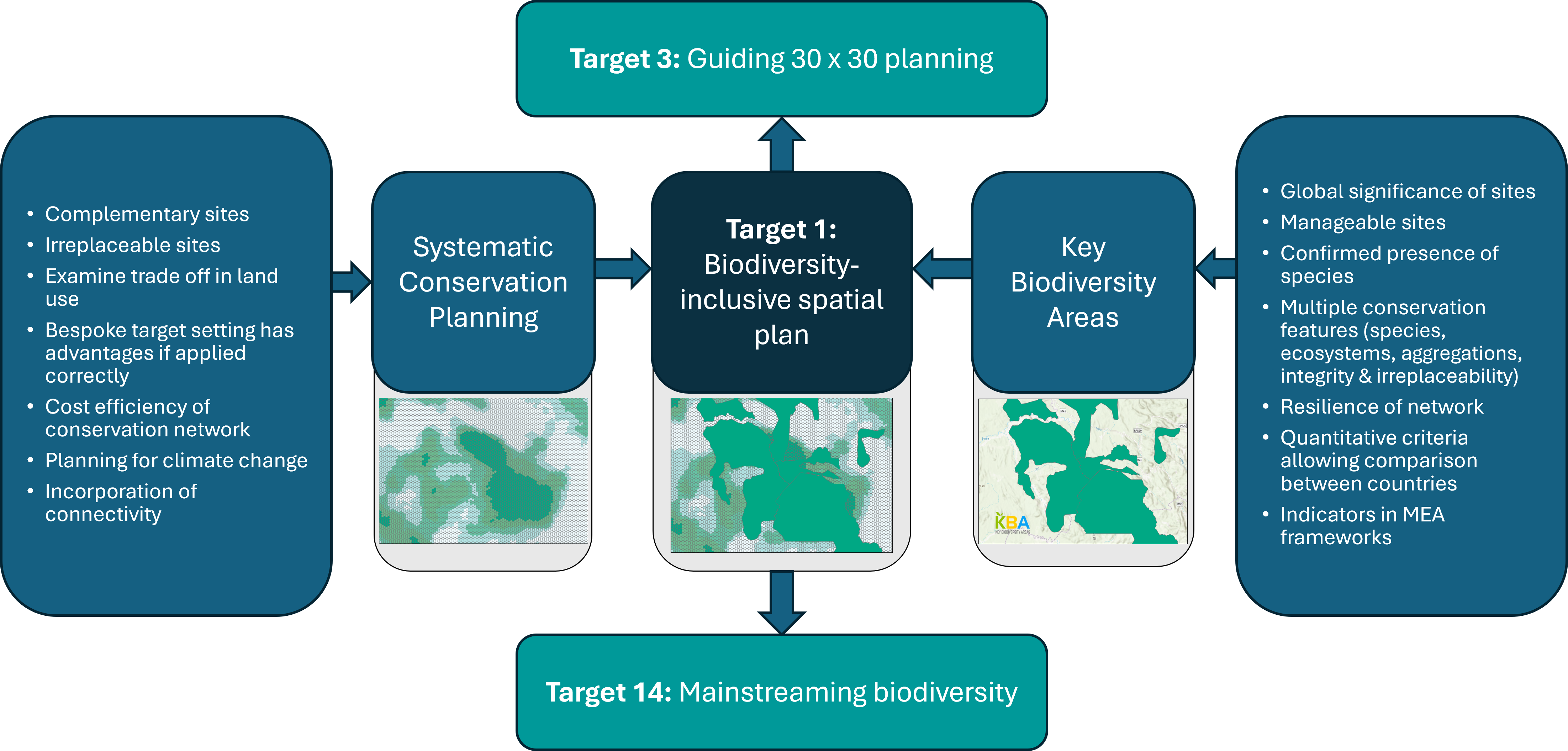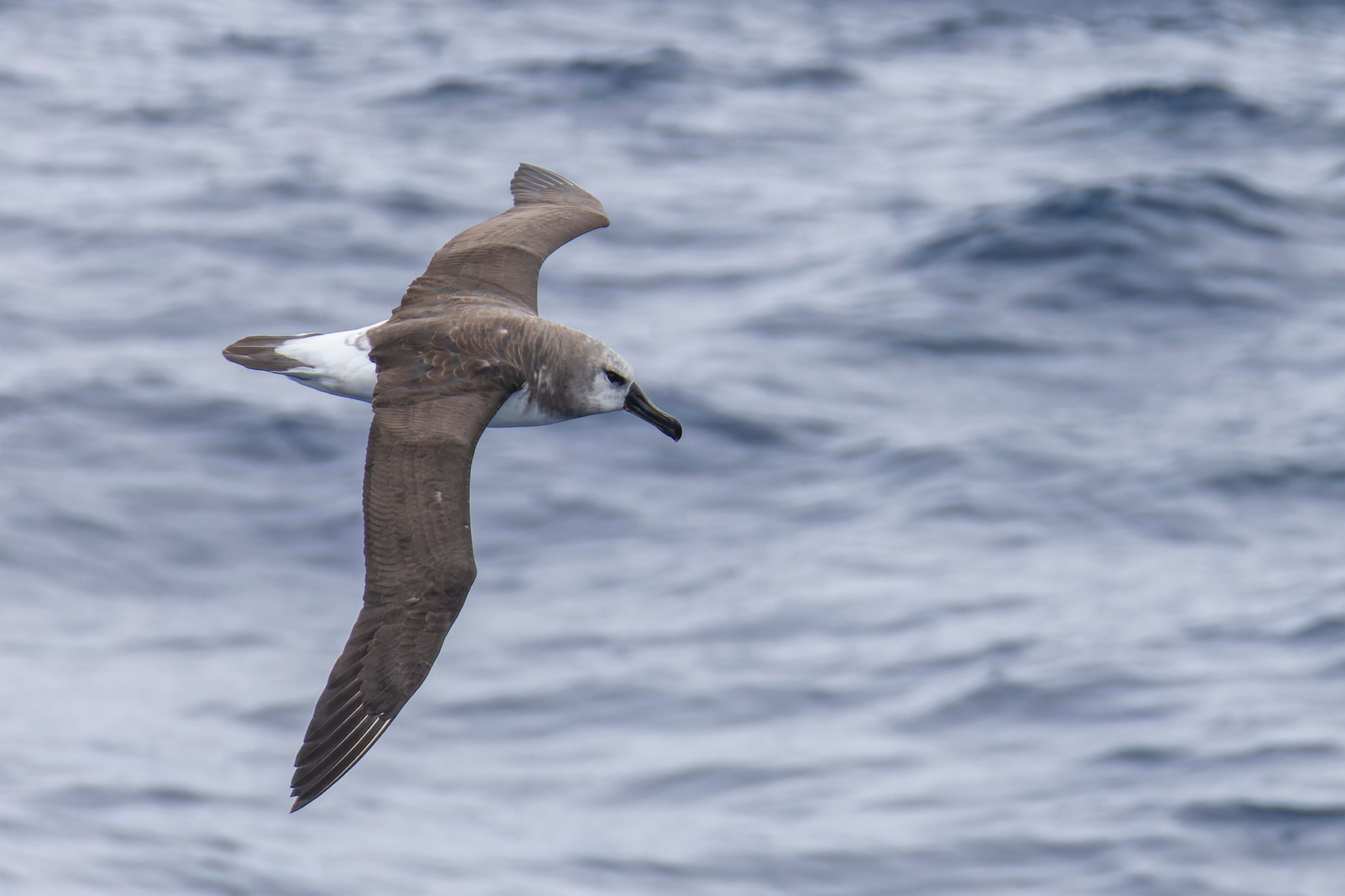KBAs support businesses to identify their impacts and dependencies for nature through new TNFD Framework.
14 November 2023
The recent publication of the Taskforce on Nature-related Financial Disclosures (TNFD) final Recommendations recognises the insights the Key Biodiversity Areas (KBAs) dataset can provide businesses when assessing how their operational footprints and value chains interact with globally significant sites for biodiversity.
The publication of the Taskforce on Nature-related Financial Disclosures (TNFD) final Recommendations back in September marked a key milestone in the ability of companies, investors, and lenders to report on nature-related risks and opportunities.
The TNFD’s Recommendations aim to establish better informed decision making by private sector organisations by positioning nature risk alongside financial, operational and climate risk.
However, in order to assess these risks, companies need to be able to understand how their operational footprints and value chains interact with areas of high importance for biodiversity.
This is where data on Key Biodiversity Areas (KBAs) – globally significant sites for biodiversity – can provide much needed information and insights.
The TNFD Framework recommends several disclosures that organisations should make about their impacts and dependencies on nature and recognises KBAs as a key dataset to support organisations to report and act on evolving nature-related risks and opportunities.
The TNFD’s LEAP Approach outlines how businesses can prepare for disclosure. Within this, proximity to KBAs is highlighted as a way to prioritise locations, while the Locate component of the LEAP approach recommends areas of biodiversity importance to include KBAs (that include IPAs, AZEs, IBAs)[1], and the KBA database as a key resource to support the Locate phase.
KBAs are widely recognised by multiple nature-related regulations, standards, and frameworks that are driving corporate action, beyond the TNFD. For example, KBAs are recognised as a type of ‘biodiversity sensitive area’ where companies need to disclose their nearby operations of value chains under the European Sustainability Reporting Standards (ESRS) and Sustainable Finance Disclosure Regulation (SFDR). In addition, KBAs are referenced as a type of ‘Delineated Areas of Importance for Biodiversity’ in Steps 1 and 2 of the Science Based Targets for Nature (SBTN), and a type of ‘international recognised area’ under the Global Reporting Initiative (GRI) Topic Standard 304 on Biodiversity which treats Protected Areas and KBAs in parallel, with companies required to report the name and distance of the KBA near their operational sites.
The flow of present and future capital depends on nature’s inputs to business therefore the rapid acceleration of nature loss over recent decades poses a significant and growing risk to businesses and financial institutions. Operating or sourcing from within or near a KBA can result in several risks:
- Reputational risk: Such risks can become highly material, with an increasing number of cases of corporate operations in or near KBAs being revoked as a result or local or global opposition.
- Transition risk: KBAs are often prioritised for the establishment of new protected areas therefore operating in a KBA may subject a company to increasing restrictions on their operations in the future.
- Systemic risk: Contributing to KBA degradation can lead to ecosystem collapse.
Ultimately, the TNFD’s Recommendations are a step in the right direction in helping to shift capital flows to nature-positive outcomes and the achievement of the goals of the Kunming-Montreal Global Biodiversity Framework. KBAs support this goal.
KBA data can be accessed through the Integrated Biodiversity Assessment Tool (IBAT), a leading biodiversity data provider for the private sector, which licences commercial access to three main databases that inform global conservation and business and lender decisions: the World Database of Key Biodiversity Areas (WDKBA), the IUCN Red List of Threatened Species™ and the World Database on Protected Areas (WDPA).
IBAT provides access to biodiversity reports that offer fast, easy and web-based methods of querying these global datasets to gain site-specific insights on biodiversity risk and opportunities. IBAT reports include a Proximity Analysis, IFC & World Bank PS6/ESS6 Report on Critical Habitat, Freshwater Report, Multi-site Analysis and Species Threat Abatement and Restoration Metric Report. Examples of all the reports and an extract of GIS data can be downloaded here or requested on demand. Further information and tool demonstrations can be requested by emailing ibat@ibat-alliance.org. Other IBAT collaborations providing the KBA dataset for asset level and due diligence assessments include RepRisk Geospatial Analytics, Nature Alpha, RS Metrics, S&P Global and WWF Biodiversity Risk Filter.


